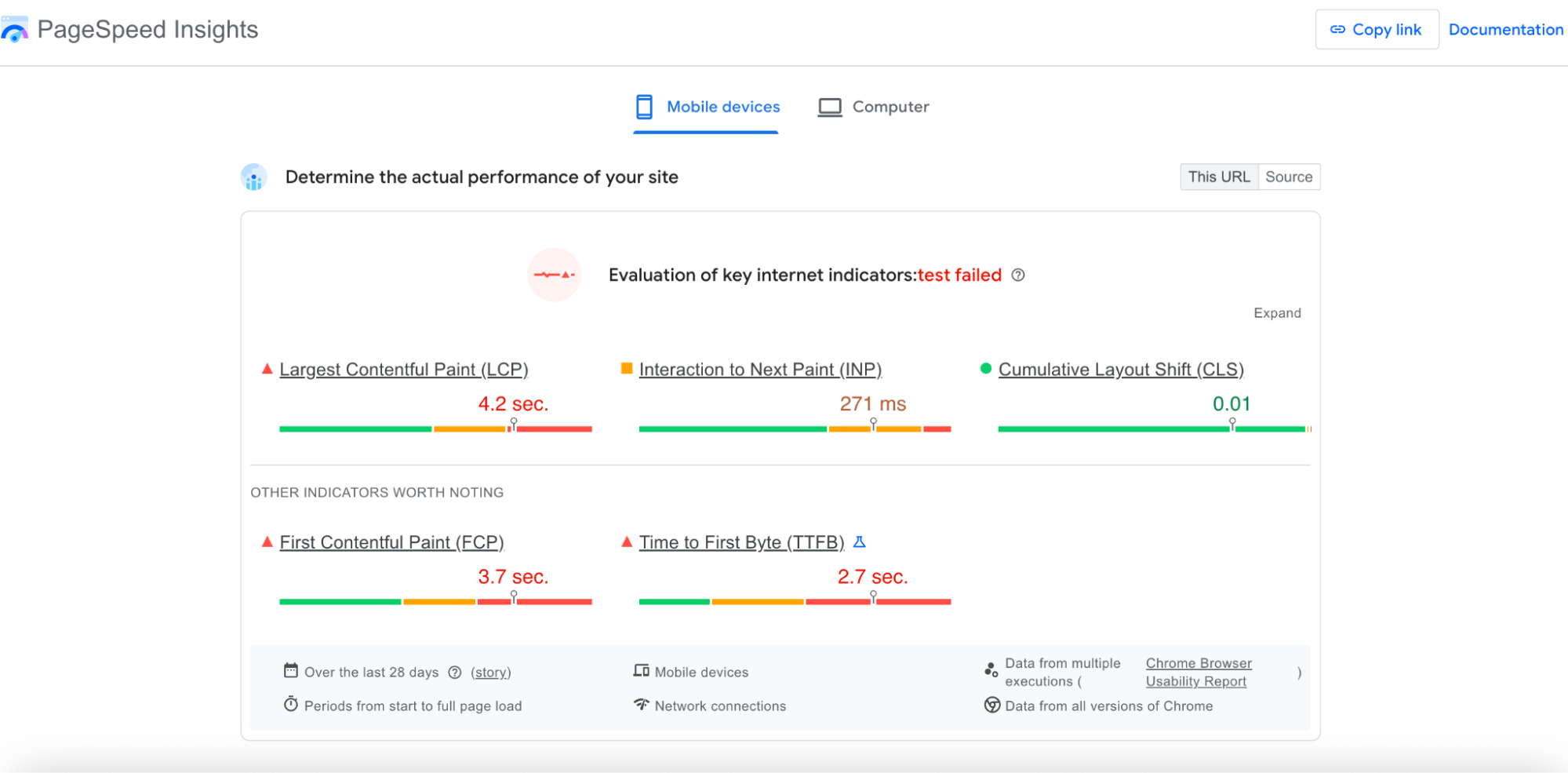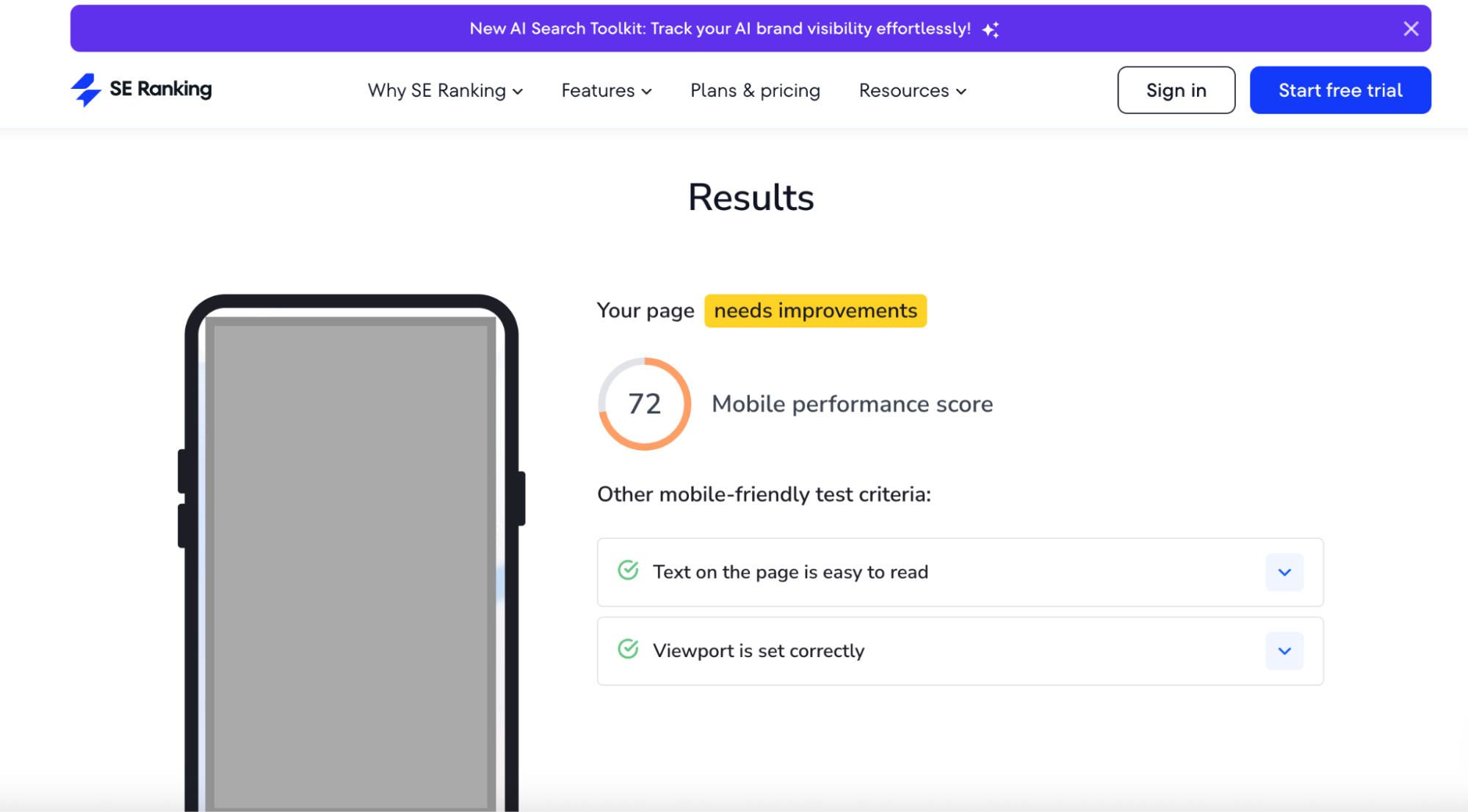What Is Technical SEO And Why Should You Care?

You might have heard the term “technical SEO” tossed around by SEO experts and webmasters. But honestly, what does it even mean? Is it some secret code only developers understand? Or just a fancy phrase for website tinkering?
Here’s the thing: technical SEO is the foundation that makes your website understandable to search engines like Google. Without it, even the best content or marketing won’t get far. So if you’re serious about your site’s visibility, knowing what technical SEO is and how to fix common issues is a must.
Think of it like this: if your website were a car, technical SEO would be the engine and chassis. You can’t just paint the car and hope it runs smoothly; the engine needs to work right.
So, it is about how your site is built and how it communicates with search engines, which in turn helps people find you. In this article, we’ll cover everything from the basics of what technical SEO is to the tools you can use, the common problems you’ll face, and how to audit your site effectively.
Breaking Down What Is Technical SEO
You might wonder: what exactly falls under the umbrella of technical SEO? It’s a broad term, but boils down to all the behind-the-scenes stuff that affects your site’s ability to rank.
This includes:
- How fast your site loads
- How easy it is for Google to crawl your pages
- Whether your site works well on mobile devices
- Proper use of HTTPS (security)
- Clean URL structures
- Fixing duplicate content and broken links
- Implementing structured data (schema) so Google can understand your content better
In short, technical SEO is about making your site “search-engine-friendly.”
Without it, your great content might never get noticed because Google’s bots can’t find or understand it well.
Why Technical SEO Is Different — And Often Overlooked
You know, many site owners focus on writing content or building links, which are important. But technical SEO often gets left behind because it feels complicated or “too technical.”
The problem? If your site is slow, or has crawling errors, or poor mobile usability, no amount of fancy content will help you rank higher.
Technical SEO can feel dry or intimidating — but ignoring it is like trying to build a house on shaky ground.
And here’s a little secret: many “SEO problems” start with technical SEO issues. Fix those, and you fix a lot.
Tools That Make Technical SEO Audits Easier
You know what? Doing a technical SEO audit sounds like a chore, but there are great tools to help you get through it faster.
Some of the most popular technical SEO tools include:
- Google Search Console — free, shows crawl errors, indexing status, and performance data.
- Screaming Frog SEO Spider — crawls your site like Google, finds broken links, duplicate titles, and more.
- PageSpeed Insights — analyzes your site speed and offers recommendations.
- GTmetrix or WebPageTest — advanced tools for deep speed testing.
- Ahrefs or SEMrush — great for site audits, including technical issues.
- Mobile-Friendly Test by Google — checks how well your site works on mobile.
Using these tools regularly is part of any solid technical audit SEO process.
How To Spot Technical SEO Issues — The Step By Step Audit Process
You don’t need to be a developer or hire one right away to check if your site has technical SEO problems. A technical SEO audit is basically a health check of your website’s technical aspects.
1. Open Google Search Console and Check for Crawl Errors and Coverage Issues
Google Search Console is a free tool from Google that shows how the search engine sees your site.
- Go to the Coverage report. This shows pages Google can’t index properly.
- Errors can include 404 (page not found), server errors, or pages blocked by robots.txt or noindex tags.
If important pages aren’t indexed, they won’t appear in search results.
You can also use the URL Inspection tool to check specific pages.
Fixing these errors helps Google crawl and index your site correctly.
2. Run Your Site Through Screaming Frog (Free for up to 500 URLs) and Export the Report
Screaming Frog is a program that crawls your website like a search engine bot would.
- Download and install the free version (limits you to 500 URLs).
- Enter your site’s URL and start the crawl.
- When it finishes, you’ll get a report showing: broken links — links leading to missing pages (404 errors), duplicate titles – pages with identical title tags that confuse search engines, and missing metadata – pages without titles or meta descriptions, which are important for SEO.
- Review the report and fix issues like broken links, and add unique titles and descriptions.

3. Test Your Homepage and Several Product Pages on PageSpeed Insights and Note Load Times and Suggestions
PageSpeed Insights is a free online tool from Google that measures how fast your pages load and gives improvement tips.
- Go to the PageSpeed Insights website.
- Enter your homepage URL and a few important pages (like product pages).
- Look at the total load time, Core Web Vitals — important metrics Google uses to judge page experience, and suggestions such as optimizing images, reducing JavaScript, or enabling caching.

- Take note of the results and try to fix the most critical issues. Sometimes simple things like compressing images can make a big difference.
4. Check Your Site’s Mobile Friendliness Using Mobile-Friendly Test
Mobile usability matters a lot since most users browse on phones, so visit the Mobile-Friendly Test, enter your website URL, and the tool will show if your pages work well on mobile devices:
- Is text readable?
- Are buttons spaced properly?
Can users scroll and navigate easily?

5. Review Your robots.txt and sitemap.xml to Ensure They Don’t Block Important Pages
The robots.txt file tells search engines which parts of your site they can crawl or should avoid. The sitemap.xml file lists all your important pages to help search engines find them.
- Access your robots.txt by going to yoursite.com/robots.txt (replace with your domain).
- Check if any important directories or pages are disallowed (blocked).
- Visit yoursite.com/sitemap.xml to verify that all key URLs are included.
- In Google Search Console, confirm that your sitemap is submitted and updated.
- Incorrect settings here can prevent Google from indexing important pages.
6. Check HTTPS Status — Make Sure Your Entire Site Uses Secure HTTPS
SSL certificates secure your site and are now a ranking factor for Google.
- Open your homepage and some other pages in a browser.
- The address bar should show a padlock icon, and the URL should start with https://.
- If some pages still use http://, set up redirects to force HTTPS.

You can get a free SSL certificate via Let’s Encrypt or buy one through your hosting provider.
7. Review URL Structure for Readability and Consistency.
Clean URLs help both users and search engines understand what a page is about.
- URLs should be short and include relevant keywords.
- Avoid long strings with unclear parameters, like:
- Bad: yoursite.com/product?id=12345&ref=abc
- Good: yoursite.com/red-wool-scarf
- Maintain a logical structure: category → subcategory → product.
- If URLs are messy, you can use redirects from old URLs to new, cleaner ones.
8. Verify Structured Data Using Google’s Rich Results Test
Structured data (schema markup) helps Google better understand your page content and can add rich snippets in search results.
- Go to the Rich Results Test.
- Enter your page URL or paste the page’s HTML code.
- The tool shows which schema types are detected and any errors found.
- Fix errors if any, or add markup if your pages don’t have it yet (e.g., reviews, prices, product availability).
- Proper markup improves visibility and click-through rates in search.
The Technical SEO Audit Checklist — What To Look For
You might ask: “Where do I start? What should I check exactly?” That’s where a technical SEO checklist comes in handy. It’s a guide to help you cover all key areas. Here’s a simplified version of a typical checklist — but remember, it’s better to tailor it for your site:
- Crawlability: Are search engines able to access your important pages? Any blocked resources or noindex tags?
- Site speed: Is your website loading fast enough on desktop and mobile?
- Mobile-friendliness: Does your site adapt well to different screen sizes?
- HTTPS status: Is your site secure with SSL?
- URL structure: Are URLs clean and readable? Avoid dynamic strings or unnecessary parameters.
- Duplicate content: Are there pages with identical or very similar content?
- Broken links: Any internal or external links leading to dead ends?
- Sitemap.xml: Is it updated and submitted to Google Search Console?
- Robots.txt: Are important pages accidentally blocked?
- Structured data: Are you using schema markup to help search engines understand your content?
- Redirects: Are there any redirect chains or loops?
Following a technical SEO audit checklist helps you spot issues before they grow bigger.
Why Technical SEO Audits Should Be Regular
Here’s the thing: your website isn’t static. You add content, change pages, update plugins, or code. Each change can introduce new technical SEO issues. So, performing technical SEO audits regularly keeps your site healthy. Depending on your site size, once every few months might be enough. Larger sites need it more often. Plus, Google updates its algorithms and recommendations — so staying up to date matters.
Wrapping Up
Technical SEO may sound complicated, but it’s really just about making your website easy to understand, quick to load, and pleasant to use — both for visitors and search engines.
If you don’t know where to start, a technical SEO audit checklist can guide you step-by-step.
And remember, using the right technical SEO tools makes the job less painful.
Fixing technical SEO issues isn’t a one-time job but an ongoing process, where every fix gets you closer to a healthier site and better rankings.
So if you’ve been putting off technical SEO, maybe today’s a good day to start.






